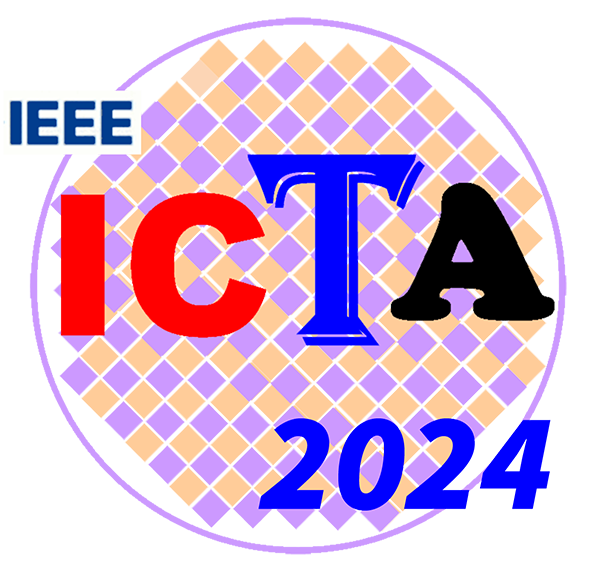
| Speakers | Affiliations | Topics |
Prof. Xiaoyi Wang | Beijing Institute of Technology | CMOS-MEMS Monolithic Integrated Sensor Technology |
| Dr. Budong You | Silergy Corp. | Power Semiconductor for AI |
| Prof. Jun Zhou | University of Electronic Science and Technology of China | Ultra-Low-Power Domain-Specific AI Processor Design for Edge AI Applications |
| Prof. Quan Pan | Southern University of Science and Technology | Introduction to High-Speed SerDes and Optical Communications: Equalizations and Modulations |
| Prof. Mo Huang | University of Macau | DC-DC Converters: from Traditional to Hybrid Topologies |
| Prof. Miao Meng | Tongji University | Standard-compliant ultra-low power backscatter communication techniques for battery-free IoT systems |
Tutorial 1A: Standard-compliant ultra-low power backscatter communication techniques for battery-free IoT systems
Abstract: This tutorial delves into standard-compliant backscatter communication techniques, pivotal for advancing battery-free IoT systems. Recent advances in backscatter systems will be reviewed. Innovative strategies to minimize power consumption while maximizing system performance in terms of range, throughput, and network diversity, with a blend of theoretical insights and practical approaches, will be covered. Participants are expected to emerge equipped with the knowledge to design and implement more efficient, sustainable IoT solutions that comply with existing wireless infrastructure.
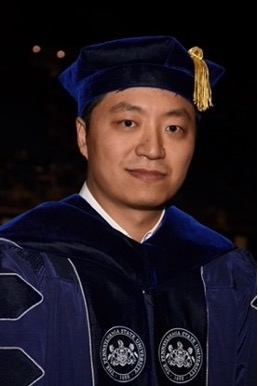
Speaker: Prof. Miao Meng
Affiliation: Tongji University
Tutorial 2A: Ultra-Low-Power Domain-Specific AI Processor Design for Edge AI Applications
Abstract: Edge AI applications such as battery-supplied smart sensors, wearables and robots require ultra-low power AI processors which enable embedded artificial intelligence under stringent power constraints. It is difficult for general AI processors to meet this requirement. As an alternative, domain-specific AI processors have been investigated which exploit application domain features to achieve extremely low power consumption through algorithm-hardware co-design. Yet several challenges are to be addressed including the accuracy degradation and reduced flexibility. This talk introduces how to tackle these challenges in designing ultra-low power domain-specific processors through several design examples.
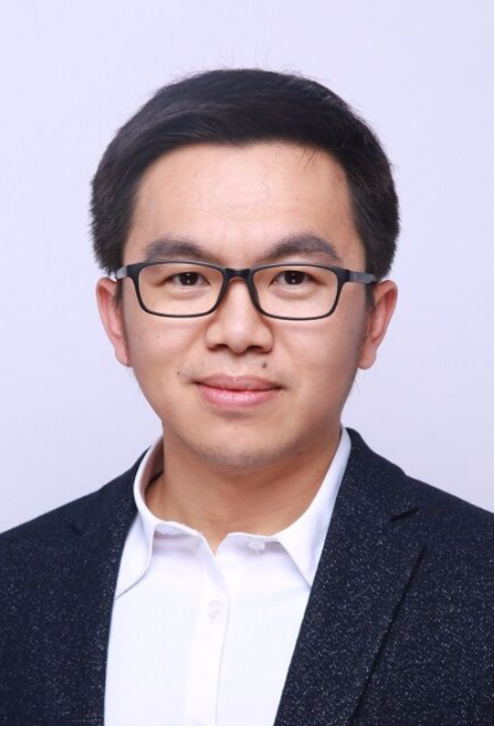
Speaker: Prof. Jun Zhou
Affiliation: University of Electronic Science and Technology of China
Tutorial 3A: Introduction to High-Speed SerDes and Optical Communications: Equalizations and Modulations
Abstract: High-speed SerDes and Optical Circuits have become extremely attractive since they are extensively adopted in high-speed communications, such as local area networks, board-to-board, and data center-to-data centers. In this talk, the key techniques, including equalization, modulation, and crosstalk cancellation, are discussed and analyzed.
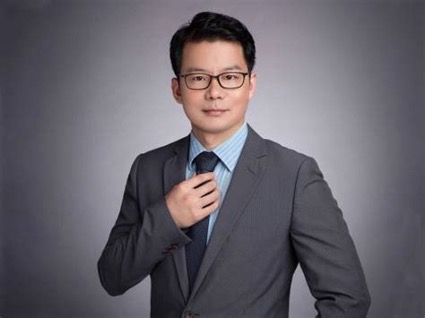
Speaker: Prof. Quan Pan
Affiliation: Southern University of Science and Technology
Tutorial 1B: DC-DC Converters: from Traditional to Hybrid Topologies
Abstract: Traditional DC-DC converters have been widely used in across various applications. However, the traditional designs may fail to meet the demand of the power delivery to computing chips, especially with the rise of AI technologies. This tutorial starts from the fundamental knowledges of traditional inductive and switched-capacitor DC-DC converters, and then discussing how they are combined and evolved to the hybrid converters to tackle the power delivery challenges.
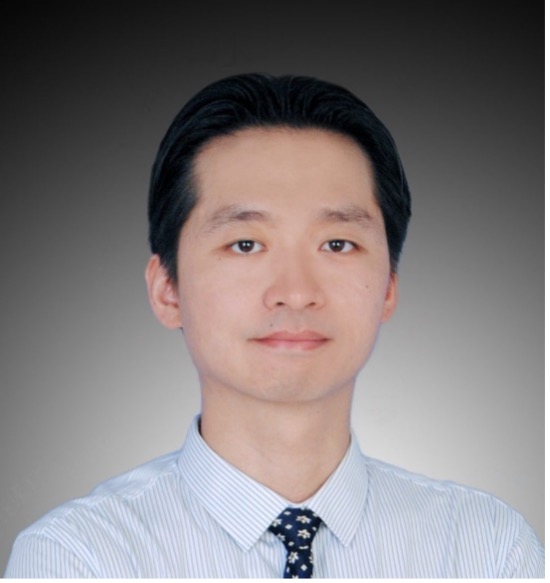
Speaker: Prof. Mo Huang
Affiliation: University of Macau
Tutorial 2B: Power Semiconductor for AI
Abstract: Power semiconductors are pivotal in optimizing the performance and energy efficiency of AI supercomputing centers, which support the massive computational demands of advanced AI models. This talk focuses on the role of power semiconductors in AI supercomputing environments, addressing how innovations in semiconductor design, materials, and integration can improve power efficiency and manage thermal challenges. Real-world examples and case studies will illustrate the impact of power semiconductor advancements on the future of AI-driven high-performance computing.
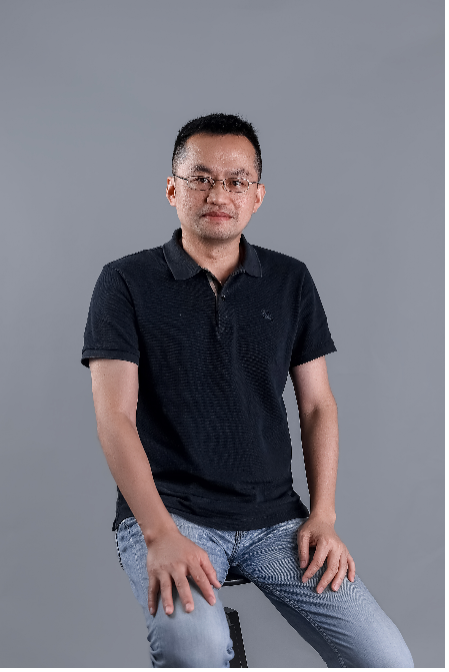
Speaker: Dr. Budong You
Affiliation: Silergy Corp.
Tutorial 3B: CMOS-MEMS Monolithic Integrated Sensor Technology
Abstract: The traditional integration of MEMS devices with circuits typically relies on PCB-level circuit integration, which results in larger dimensions, significant parasitic capacitance, and higher noise levels, thereby greatly limiting the overall performance of the sensors. Consequently, there is a growing demand for the fabrication of MEMS sensors using CMOS technology, enabling the integration of ASIC circuits and MEMS structures on a single chip. This report primarily discusses the development history of CMOS-MEMS technology, with a focus on several common fabrication methods for CMOS-MEMS devices. It also emphasizes the importance of integrating multiple sensors on a single chip to facilitate the reading of various sensing signals.
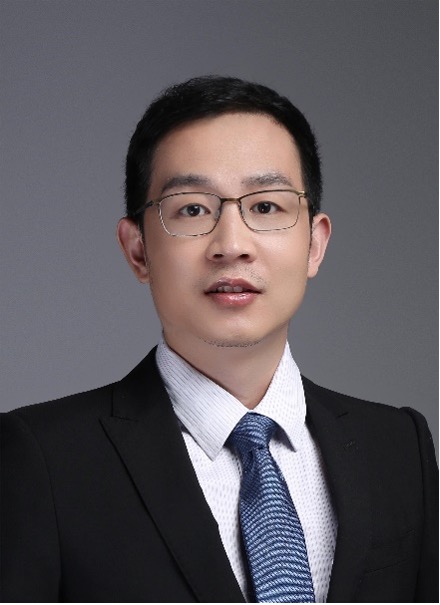
Speaker: Prof. Xiaoyi Wang
Affiliation: Beijing Institute of Technology
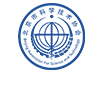
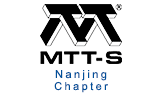
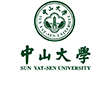
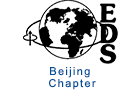

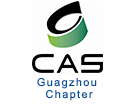
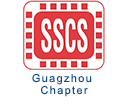
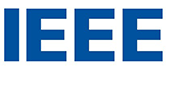


icta
All questions or inquiries for further information regarding ICTA should be directed to the Conference Secretariat at:
Tel: +86-10-66026729
+86-10-66024492
Email: contact@ieee-icta.net

© Copyright (2024) ICTA All rights reserved
China is rapidly emerging as a global hub for the semiconductor industry, encompassing academia, industry, and market growth. However, young Chinese researchers, especially students, often lack opportunities to participate in IEEE conferences. Meanwhile, international peers are eager to gain firsthand insights into China’s rapidly expanding semiconductor sector. In response to these needs, ICTA was established by a group of Chinese scholars and will be held annually in China. It aims to serve as a comprehensive and advanced forum for showcasing IC design, technologies, and applications on a global scale.
- Call For Paper
- Agenda
- Submission
- Registration
- Program
- Past Conference
- Committee
- Contacts
